A Tale of Two Fishes (Part 1)
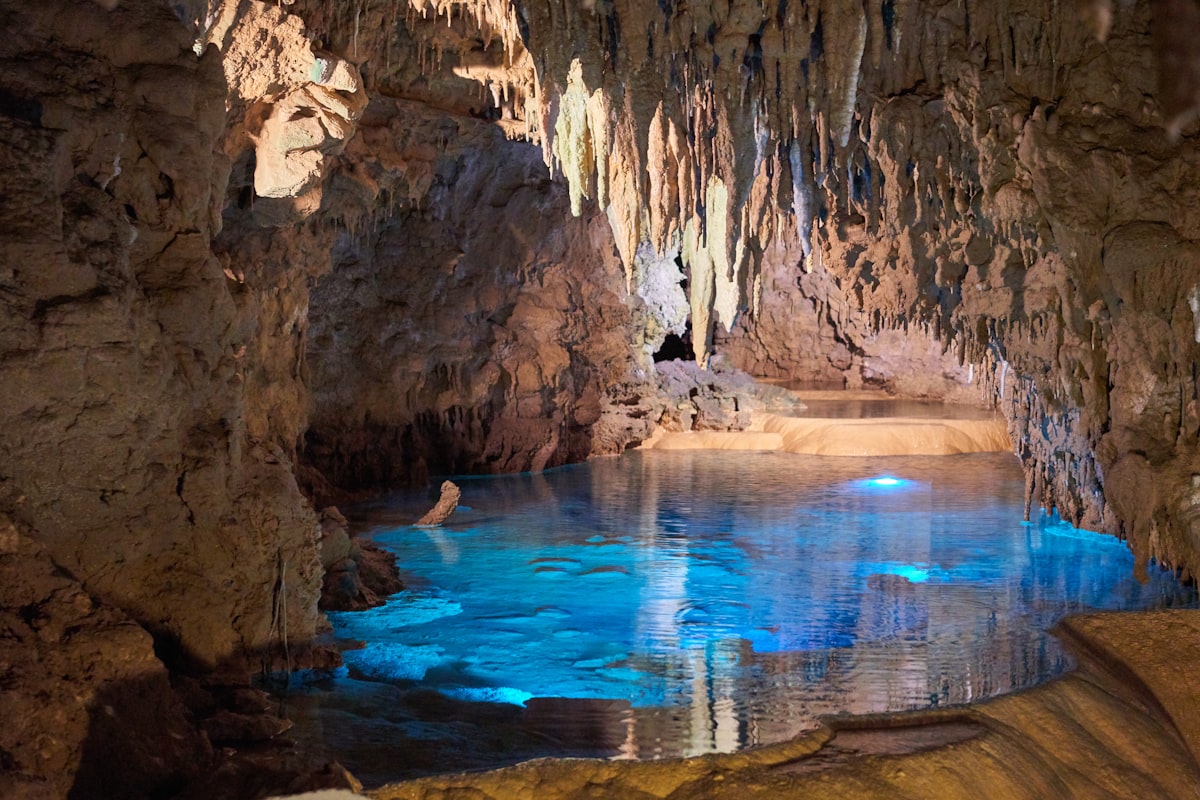
Today, let’s start with the cave fish Cryptotora thamicola. It’s a fish, that lives in a cave. Caves are pretty neat environments because they become isolated very quickly – like islands, but underground. So when animals get stuck in caves, they speciate and become unique. Speciation is the process through which one species becomes two. Usually this happens through part of the species becoming ‘accidentally’ isolated when the environment forms barriers (like mountains or oceans), but sometimes part of the species can migrate to a new place and isolate themselves and end up becoming a new species. There are other ways to become a new species, but they are less important for today’s story.
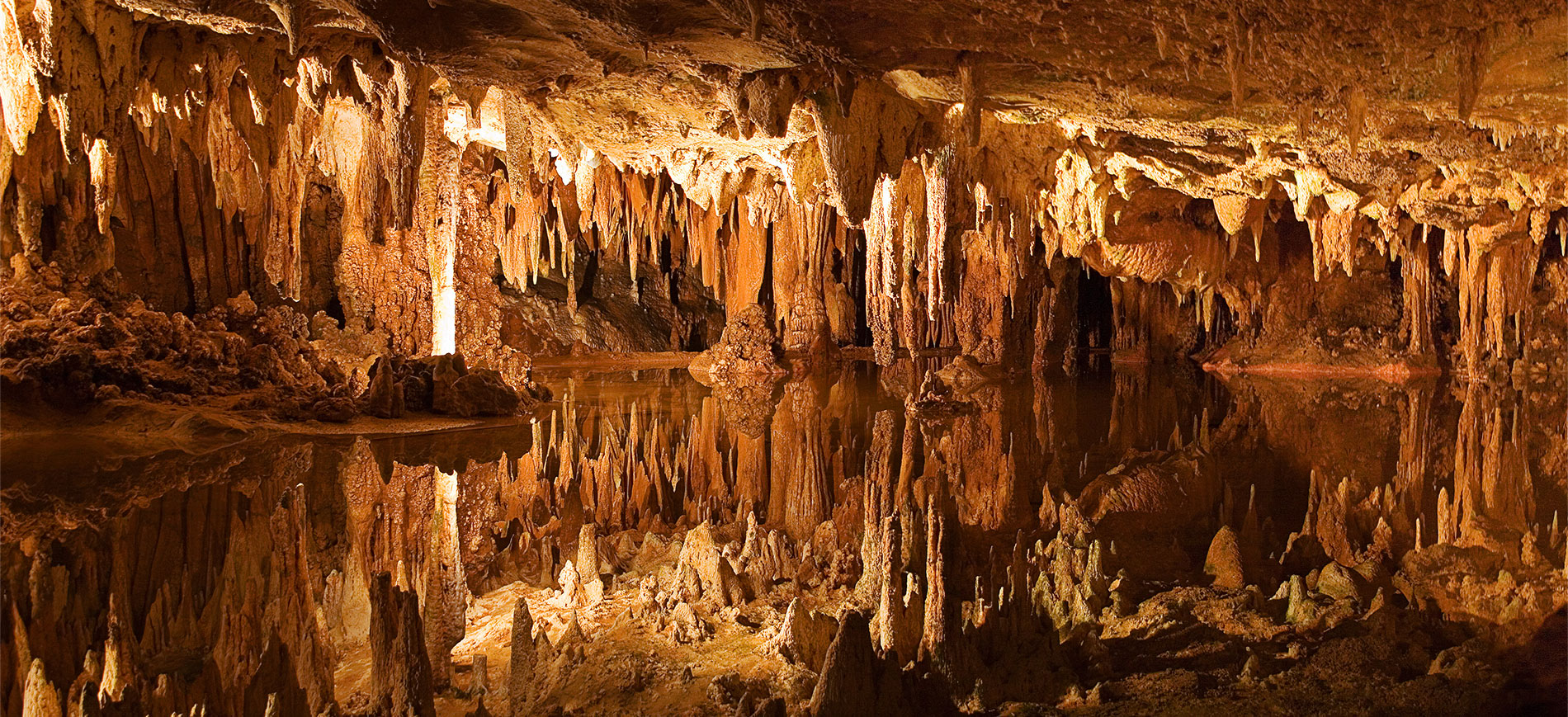
Dream Lake in Luray Caverns, Virginia. You can visit this cave!
So, caves are special because they are really unique environments and animals that live in them have to become specialized and end up becoming their own species. That is what happened to the cave fish Cryptotora thamicola.
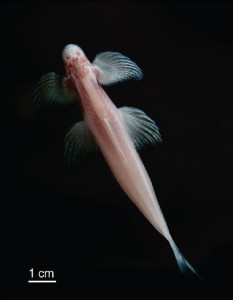
Cryptotora thamicola
Cryptotora thamicola is special because it can climb waterfalls and also walk against the current in rivers. There are a few fish species that can walk out of water (like lungfish), but they do it using their tails to push them forward. Some fishes can climb waterfalls (like some Hawaiian gobies), but they do it by suctioning to the rock with their face.
Before we talk about why Cryptotora thamicola is different, we have to talk a little about anatomy. Remember this song “your leg bone’s connected to your hip bone… your hip bone’s connected to your back bone…”:
Your pelvis, and really the pelvis of every animal that lives on land (or had ancestors that lived on land) is made of three bones: ilium, ischium, and pubis. These three bones come together, or articulate, and give your femur (thigh bone) a way to rotate so that you can move your leg. Your pelvis is firmly attached to your spine so that everything is connected and muscles help support the connection and help move your legs.
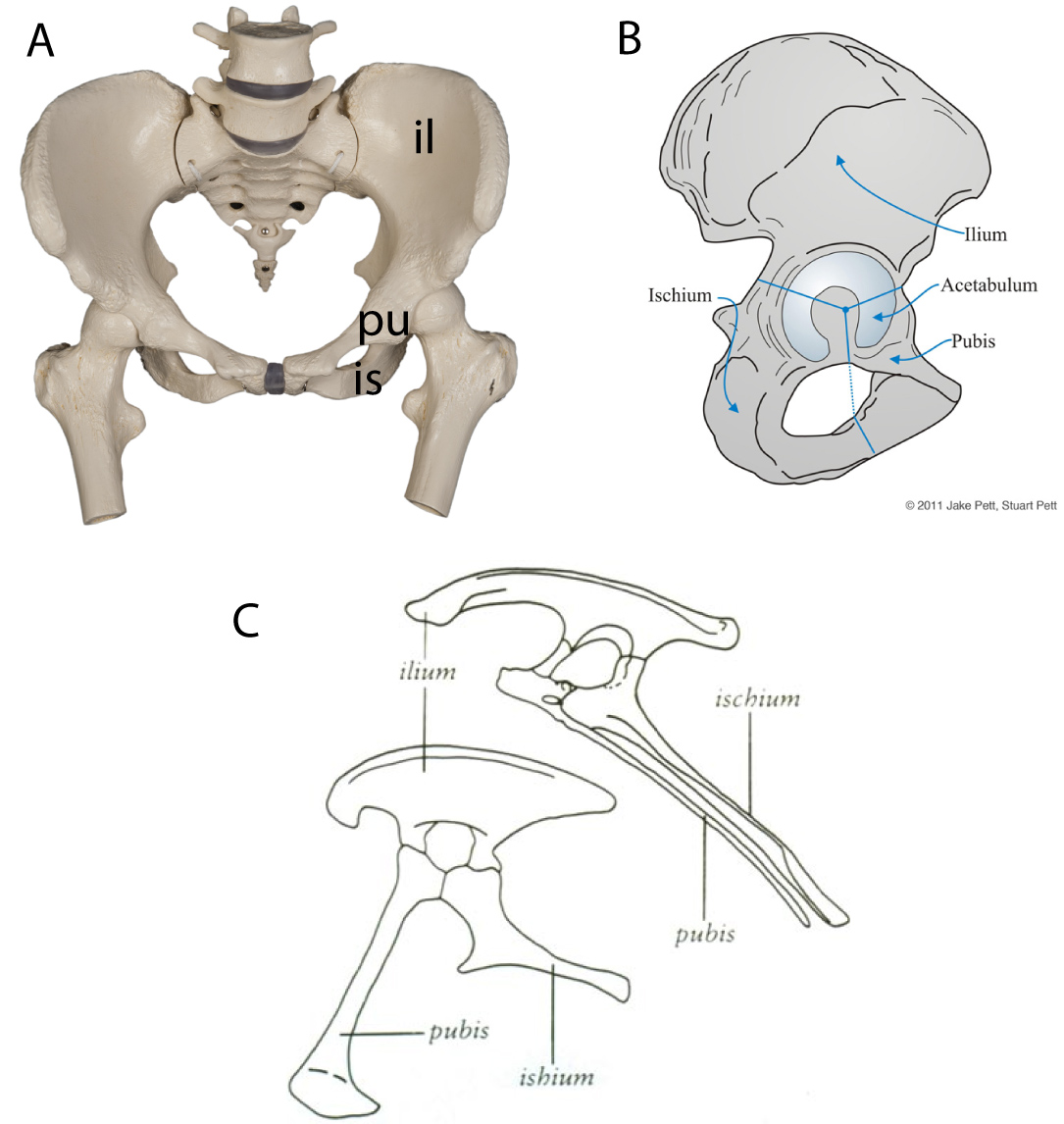
A) A human pelvis from the front. B) A human pelvis from the side facing to the right. C) Two dinosaur pelves (top is an ornithischian, bottom is a saurischian) both facing left.
Fish don’t have that because they don’t need to use their back fins for moving. The little bit of bone that holds their back fins is connected to their spines with muscle and not bone.
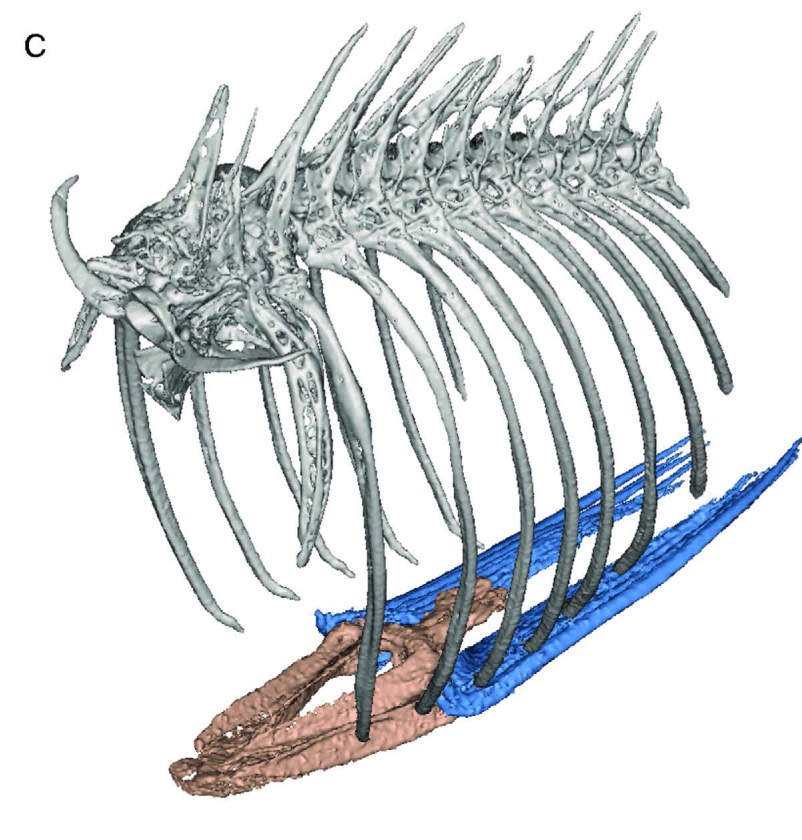
Fig 3C from the article. Blue is back fins. Tan is the bone that the fins connect to.
Our friend Cryptotora thamicola has evolved a bony hip, [convergent] to the ones we have as land dwellers. This bony hip helps support their back fins and gives them the stability and strength to move their body just like amphibians and reptiles do!
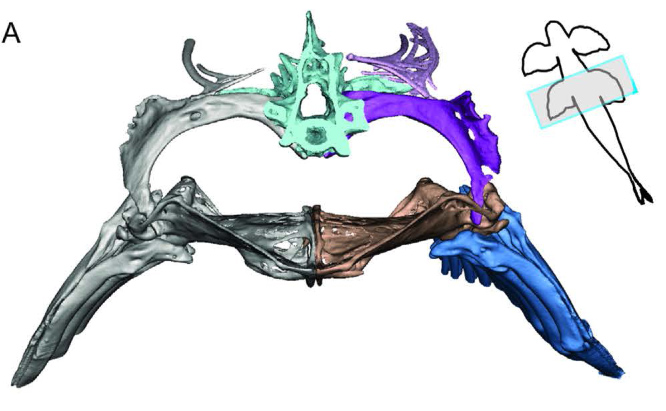
Fig 4A from the article: A Cryptotora thamicola pelvis. Looks like ours, but it made differently and was evolved only in this fish but not in its other relatives.
These are fish that walk like salamanders! This fish can show us how early tetrapods (animals that have 4 limbs) started being able to walk on land.
Supplementary video from the article.
Come back tomorrow for the Tale of Two Fish (Part 2).